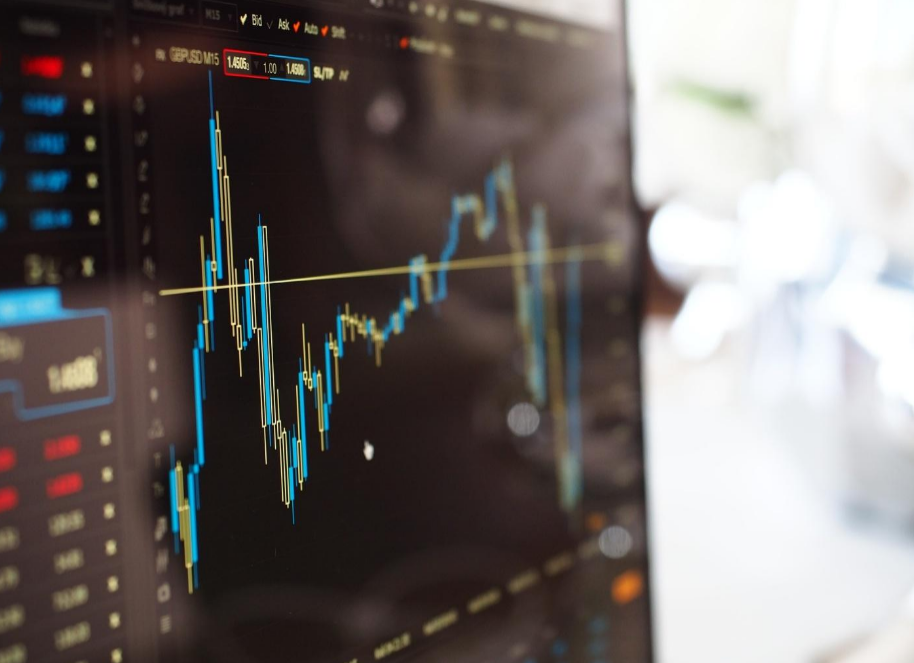
“You can’t reach success in investment if you don’t think independently”
Warren Buffet
The financial market is a volatile and challenging avenue to step foot in. If you have knowledge of the appropriate methods and instruments, you can go on to make enormous amounts of money. On the contrary, being unaware of the basics can cause considerable losses. Here we discuss one of the recent mediums that have been gaining popularity, i.e. contracts for difference or CFD for short.
What are CFDs?
One of the reasons these instruments are becoming popular with investors is the fact that they offer substantial risk mitigation. A contract for difference refers to an agreement between a broker and a client whereby the client utilizes his experiences and knowledge about future performance of certain instruments to predict which way the prices will go. At the end of the day if prices rise, the client makes a profit and if they drop, a loss is incurred.
All this is done without taking ownership of the underlying asset at all. The cherry on top is the fact that these contracts exist for almost all tradable instruments like stocks, commodities and bonds etc.
Trading in CFDs
Trading in CFDs occurs through a five step process. The details within each stage might vary depending on the instrument that you choose to invest in but the overall process remains the same. The different steps include:
-
Selecting the appropriate market
CFDs are available for almost all markets that are open to trade for investors. These include stocks, currencies, indices, commodities and the like. It can be made on things like gold or even the interests on a certain instrument. The market can be anyone that you deem appropriate according to the research that might have been conducted or based on the market observations that have been made.
Each market has its own dynamics, regulations and trading practices which is why selecting the market is the first step when starting to trade in CFDs.
-
Making a decision if you wish to go long or short
In simple terms the next step is making a decision to buy or sell. The way CFDs work is that you earn profits or incur losses based on the spread of the instrument that you purchased, i.e. the difference in the price at which you bought it and the one that you sell it at. CFDs can be executed for both buying (go long) and selling (go short).
If you believe the market is going to shed value, you sell an instrument and vice versa. The difference between the price you enter the contract at and the one that you exit it at multiplied by the number of units you trade equals your profit or loss.
-
Determine the magnitude of your transaction
This is another important phase in executing CFDs. You choose the number of units that you wish to invest in. This gives you and the broker the factor by which the spread will be multiplied to give the amount of the final profits. The number of units under 1 CFD can vary. When it comes to stocks, 1 CFD accounts to one share however the number of units for indices, treasuries or commodities under 1 CFD is different and is given in the instruments market information sheet.
-
Putting in a stop loss
While CFDs offer substantially low risks, it doesn’t imply that you overlook risk management when trading in them altogether. A stop loss order is an effective risk management technique that limits your losses by executing an automatic sell order in case the instrument reaches a certain level set by you.
-
Analyze and execute the trade
Once you’ve completed all these steps you place your trade and then sit back to analyze how the market responds with respect to your predictions.
CFD trading explained here gives a comprehensive outlook towards the entire process and makes you understand the basics of how things are and the intricacies that might be involved in a trade. Being well versed is your best risk management strategy when it comes to making investments.
Disclaimer: This content does not necessarily represent the views of IWB.